In Japan, there are five main mobile network operators (MNOs) providing network coverage, with various MNOs leveraging these networks to offer different services.
Each of these five operators provides unique services and network quality, with varied strengths and coverage.
This article introduces the main telecommunications operators in Japan, the available frequency bands, and which operator offers the best connectivity.
The 5 Major Telecommunications Operators in Japan
Each of these five companies has unique strengths and offers varying levels of service and coverage across Japan.
Let’s start by exploring the top five telecommunications companies in Japan.
NTT docomo
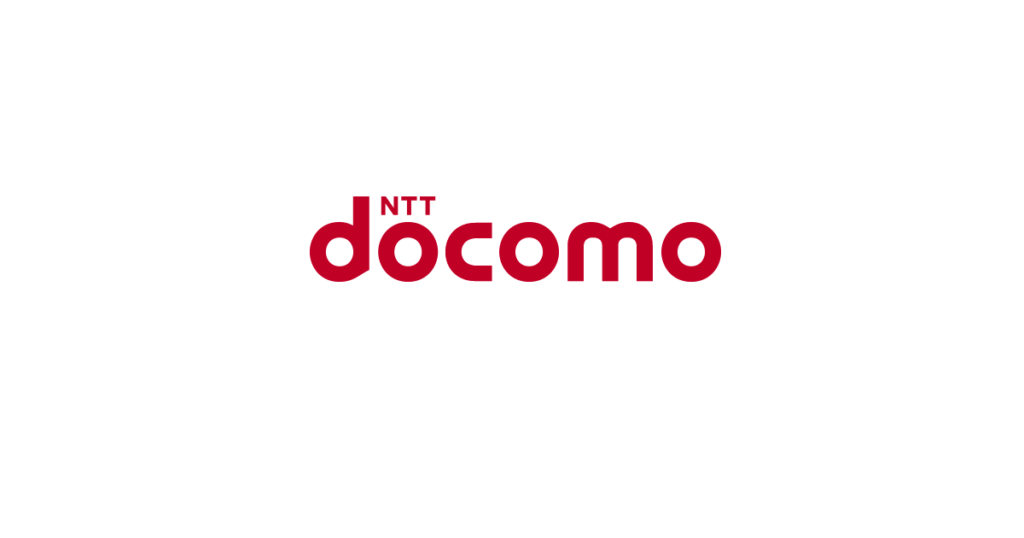
NTT docomo is Japan’s largest telecommunications operator, known for its extensive coverage area and high-quality network.
Many users in Japan rely on NTT docomo, which provides stable connections not only in urban areas but also in rural and mountainous regions.
The company’s strongest feature is its robust network infrastructure.
NTT docomo is also actively implementing 5G, providing fast and stable connections.
As a subsidiary of NTT, a former state-owned telecom company, NTT docomo is similar to AT&T in the United States in terms of its role in the mobile industry.
KDDI
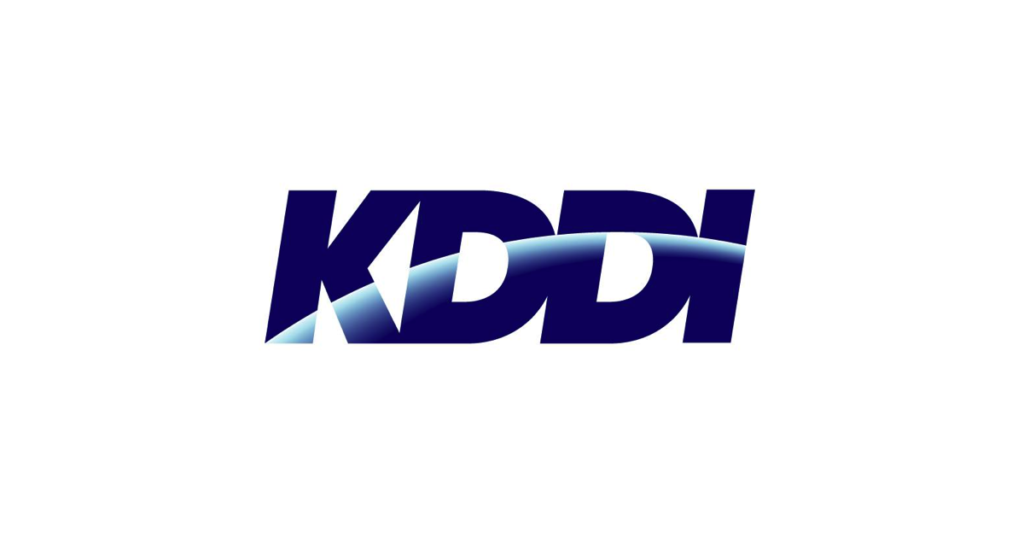


KDDI, known under the brand name “au,” is the second-largest telecommunications provider in Japan.
It offers extensive coverage, focusing on strong connectivity in urban areas.
It is especially known for its excellent indoor connectivity.
KDDI is also expanding its 5G services, making it ideal for users who need high-speed connections.
While NTT transitioned from a domestic communications division, KDDI originated from the nation’s international communications sector.
SoftBank
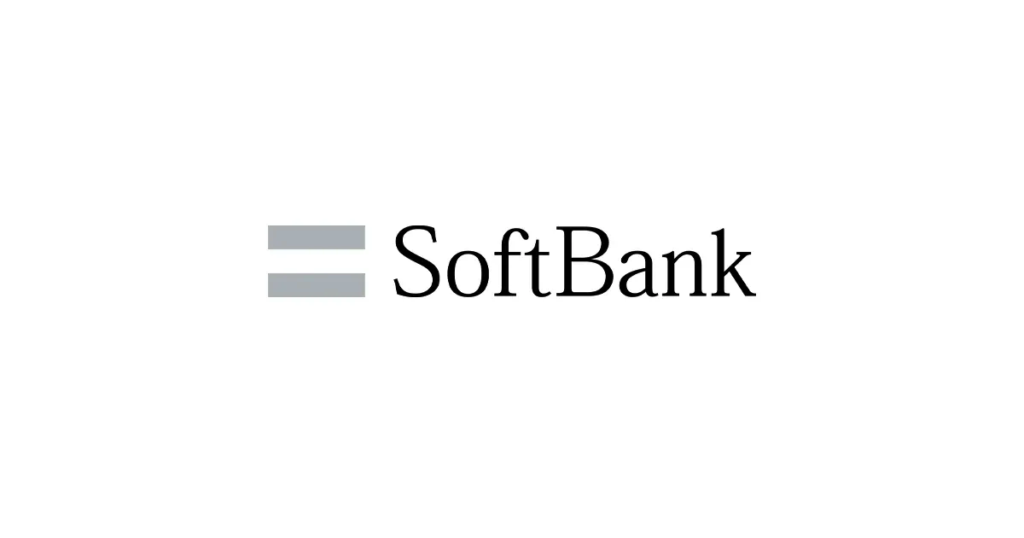


SoftBank is one of Japan’s most innovative telecommunications companies.
It was the first provider in Japan to introduce the iPhone, with its CEO, Masayoshi Son, working closely with Steve Jobs to bring the iPhone to Japan and boost its popularity.
SoftBank provides excellent network quality in urban areas and is expanding its 5G coverage by sharing infrastructure with KDDI.
Y!mobile, originally a separate company focused on data communication, was merged with SoftBank Mobile in 2015.
Rakuten Mobile
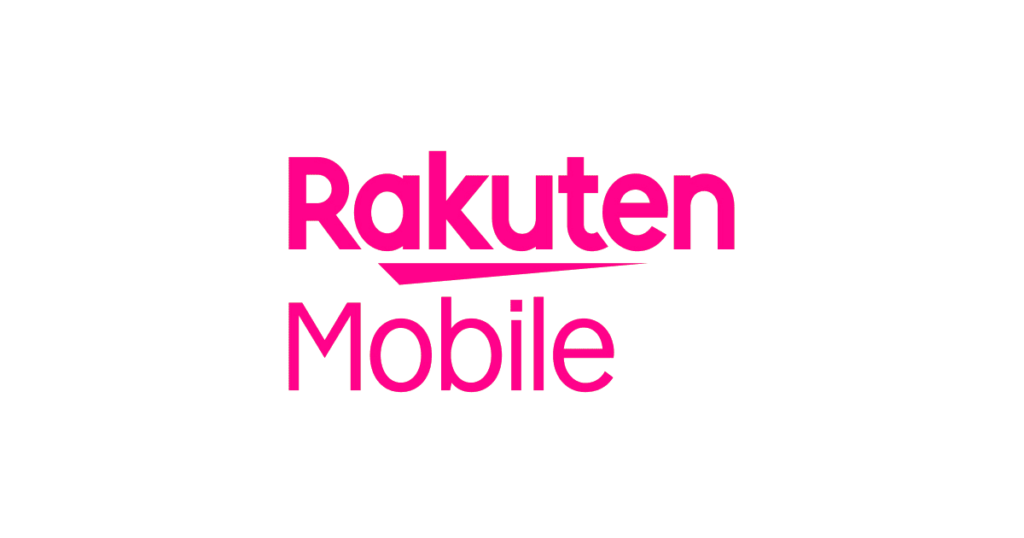


Rakuten Mobile, initially known for its success in e-commerce in Japan, entered the telecommunications sector as a new player.
Internationally, it offers O-RAN,vRAN solutions through its Rakuten Symphony division to countries worldwide.
While new to mobile communication, Rakuten Mobile has garnered attention with its competitive pricing plans and expanding coverage areas.
Its affordable, unlimited data plans offer great value for users seeking cost-effective options.
However, since its coverage is still expanding, there may be connectivity challenges in some rural areas, though urban areas are generally well-covered.
UQ Communications
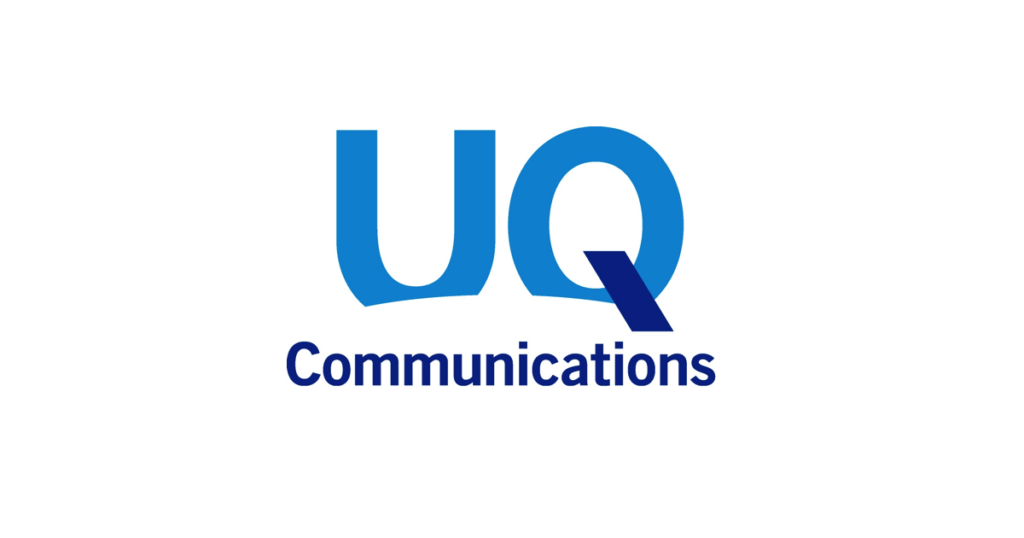


UQ Communications, a subsidiary of KDDI, primarily offers mobile WiMAX services using the 2.5 GHz band (Band 41), which is mainly focused on data communication.
Although multiple providers offer WiMAX, they all use UQ Communications’ network.
Voice call services are not available through UQ Communications.
Which Telecommunications Provider Has the Best Coverage in Japan?



The best telecommunications provider in Japan depends on coverage area and network speed, with opinions varying based on these factors.
Generally, NTT docomo is known for the widest coverage area and stable connectivity across Japan.
This is evident when reviewing the number and distribution of cell towers.
However, depending on your location and usage needs, other providers may be more suitable.
If you prioritize urban connectivity, KDDI and SoftBank are also highly rated for network quality.
Overall, we recommend using NTT docomo’s network for a reliable service while staying in Japan.
Using Mobile Wi-Fi Rental or eSIM Providers in Japan
Due to strict KYC procedures for contracts with Japanese carriers, direct contracts are generally not available to foreign travelers.
Therefore, using eSIM providers that do not require KYC procedures is recommended.
eSIM Providers Available in Japan
eSIMs allow you to set up mobile service on your smartphone without needing a physical SIM card.
In Japan, providers like Saily and Airalo offer eSIM services that are easy to set up.
These eSIMs can be purchased online, making it convenient to prepare ahead of your trip or after arriving in Japan.
The prices are reasonable, and various data plans are available based on your data needs.
Mobile Wi-Fi Rental in Japan
Mobile Wi-Fi rental is a popular choice among travelers visiting Japan.
Unlike eSIMs, mobile Wi-Fi routers can connect multiple devices, making them convenient for group travel with friends or family.
They are easy to rent from airports or city rental shops and provide a reliable option for short-term stays.
Top rental companies include NETAGE and NINJA WiFi.
These services offer unlimited data plans and high-speed routers, ensuring a comfortable internet experience while in Japan.
Frequency Bands Used in Japan
The frequency bands used in Japan vary by carrier, with 4G LTE and 5G being the primary networks.
3G services have been discontinued by KDDI (March 2022) and SoftBank (April 2024), while NTT docomo plans to end its 3G service in March 2026.
It’s important to check device compatibility with the frequency bands of the provider you plan to use.
| Frequency | NTT docomo | KDDI | SoftBank | Rakuten Mobile |
|---|---|---|---|---|
| 700 MHz | B28/n28 | B28/n28 | B28/n28 | B28 |
| 800 MHz | B19 | B18/B26 | – | B18 * |
| 900 MHz | – | – | B8 | – |
| 1.5 GHz | B21 | B11 | B11 | – |
| 1.7 GHz | B3 | B3/n3 | B3/n3 | B3 |
| 2.3 GHz | – | n40 | – | – |
| 2.5 GHz | – | B41/n41 ** | B41/n41 ** | – |
| 3.4 GHz | n78 | – | n77 | – |
| 3.5 GHz | n78 | n78 | – | – |
| 3.7 GHz | n78 | n77/n78 | n77 | n77 |
| 4.5 GHz | n79 | – | – | – |
| 28 GHz | n257 | n257 | n257 | n257 |
* Operated by KDDI
** Used for data communication by UQ Communications and Y!mobile

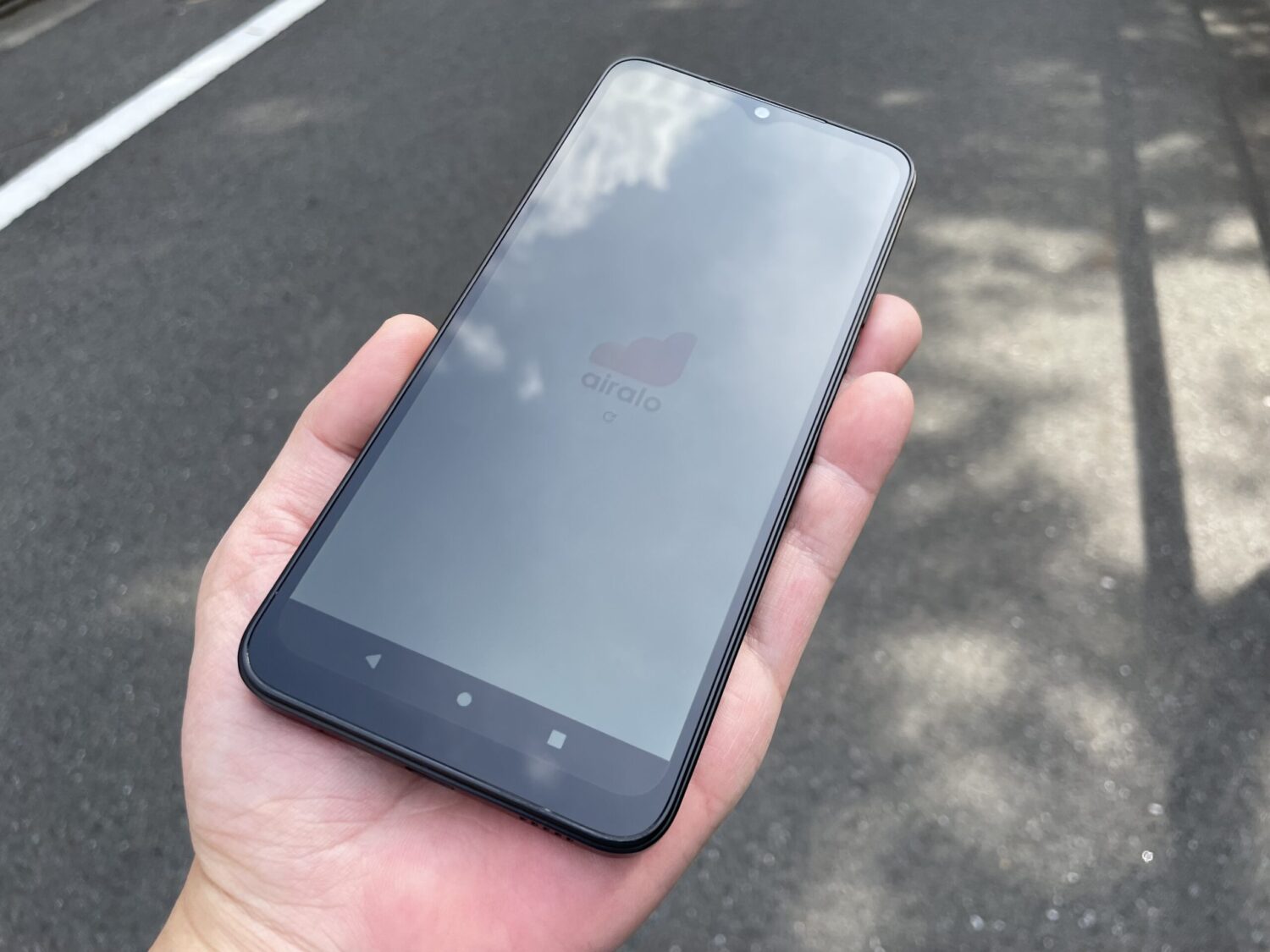

コメント